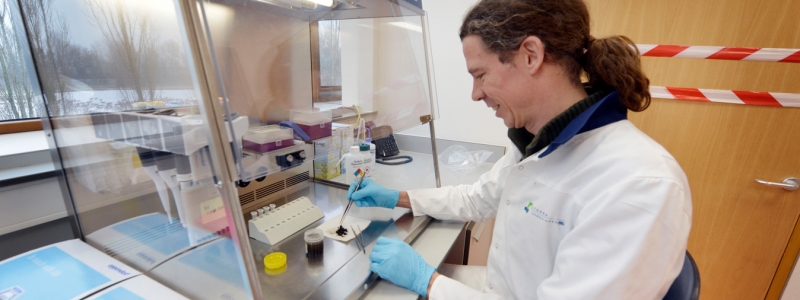DNA mapping visualizes the migration routes of muskrats. This is done with the help of DNA material from trapped muskrats.
DNA mapping visualizes the migration routes of muskrats. This is done with the help of DNA material from trapped muskrats. A genetic profile is made of each trapped muskrat in the research area. This profile will be compared to the profile of other muskrats. In this way an attempt is made to create a map of (sub) populations.
Kick-off in Friesland
In 2020, the current population in Friesland and in the adjacent provinces at the border areas will be analyzed. Based on this survey, a genetic map with the spatial configuration of the different populations will be created.
At the end of 2021, advice on the trapping effort and a proposal for trapping locations based on the genetic map will be given.
In 2022, the survey will be repeated in Friesland. The genetic profiles of the trapped muskrats will be compared with the genetic map. This allow to assess the origin of the animals and to identify migration routes.

